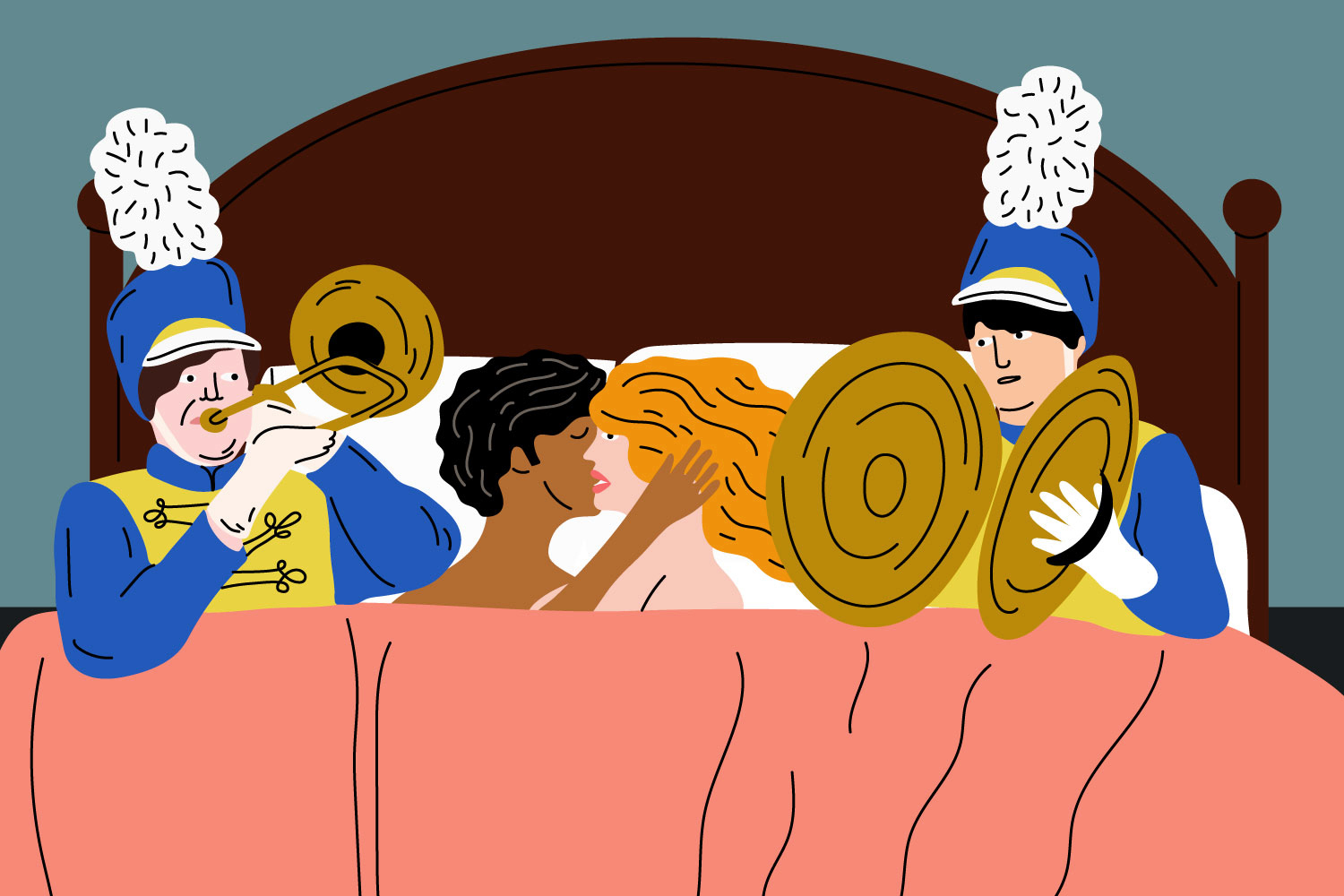Like many aspects of female existence, relatively little is understood about the female orgasm — even, and perhaps especially, by the medical professionals whose job it is to know these things. While the male orgasm is much easier to define (and much harder to fake) thanks to ejaculation, experts have had a tough time figuring out what, exactly makes the female orgasm the female orgasm. Such a tough time, in fact, that their attempts to figure it out have somehow resulted in not one but two rather lengthy lists of what I guess can be vaguely categorized as physical and emotional experiences thought to accompany said female orgasm: the Orgasm Rating Scale and the Bodily Sensations of Orgasm Scale.
The Orgasm Rating Scale (AKA the ORS) includes things like “pleasurable satisfaction,” “ecstasy” and “flushing sensations,” while the Bodily Sensations of Orgasm Scale (the BSOS) includes things like “genital sensations,” “increased heart rate” and “shallow, choppy breathing.” Perhaps recognizing that these lists are a bizarre and kind of unreliable way to go about defining the female orgasm, a team of researchers from the University of Ottawa recently decided to put them to the test in a study of 673 women between the ages of 18 and 82. The study, published last month in the Journal of Sexual Medicine, asked participants to complete an online questionnaire surveying how well the ORS and BSOS reflect their most recent orgasm experiences, both partnered and solo.
Among the researchers’ findings was the suggestion that moaning — a phenomenon often associated with climax — shouldn’t actually be considered a defining part of the female orgasm. According to the study, moaning differs from the other items on the BSOS in that it’s not an involuntary response. “We recommend that the item ‘moaning’ be removed from the measure permanently,” the researchers wrote.
I wouldn’t think that this should come as much of a surprise to women — or anyone, really — who have ever actually had an orgasm. Like, moaning is definitely a thing you can do and it might even make sex more pleasurable, but no one, to my knowledge, is just suddenly seized by uncontrollable fits of moaning when they come. I can only imagine the idea that moaning is a defining characteristic inherent to the female orgasm is one that comes from fake orgasms — and the fake orgasm from When Harry Met Sally, specifically.
Anyway, while I respect the researchers’ interest in investigating what they describe as “a poorly understood aspect of female sexual response,” I tend to think all this puzzling over the supposed mystery of female pleasure is a bit obtuse and unnecessary. In other words: it’s not that deep. I don’t know that we really need a bunch of lists to tell us what the female orgasm is and isn’t. In my admittedly non-scientific opinion, you know it when you feel it.
Whether you’re looking to get into shape, or just get out of a funk, The Charge has got you covered. Sign up for our new wellness newsletter today.

















